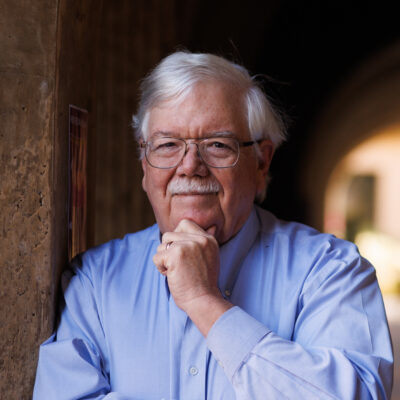Is Do-It-Yourself CRISPR As Scary As It Sounds?
Summary
Media reports about the gene-editing technique called CRISPR-Cas9 have generated some doomsday scenarios that the technology would be used, as Wired magazine wrote, to create “designer babies, invasive mutants, species-specific bioweapons, and a dozen other apocalyptic sci-fi tropes.”
So hearing the term “do-it-yourself CRISPR” might really conjure up visions of biohackers creating new disease-causing organisms that escape into the environment and kick off pandemics.
…
Henry T. Greely: CRISPR is revolutionizing genetics. It is not the first form of genome editing, but it has made editing enormously faster, cheaper, easier, and more accurate. A great deal of attention has been paid to the use of CRISPR in humans but this use is heavily regulated, in part because we care so much about human safety. Using CRISPR in non-human organisms will be much easier, both legally and practically, but no less worrisome.
In theory, anyone can use CRISPR to modify the genes of any living organism. Using a CRISPR “add on” called gene drive, an individual could then force the new versions of the genes into all the descendants of any sexually reproducing organism. (For life forms that reproduce clonally, like most microbes, gene drive wouldn’t be necessary.) Someone could, with luck, change the genome of a huge population of mosquitoes, or weeds, in a very short time.
This could be good — think about preventing Zika or malarial infections. It could also be bad — think about creating epidemics of pathogenic E. coli bacteria. That means we need to carefully approach the use of CRISPR. Universities, research institutes, and big corporations are relatively easy to find and regulate. Finding and regulating do-it-yourself users is much harder and, under our current system, impossible. We urgently need to find a balanced regulatory approach that allows responsible do-it-yourself use while protecting health and the environment. There is no time to lose!
Read More
